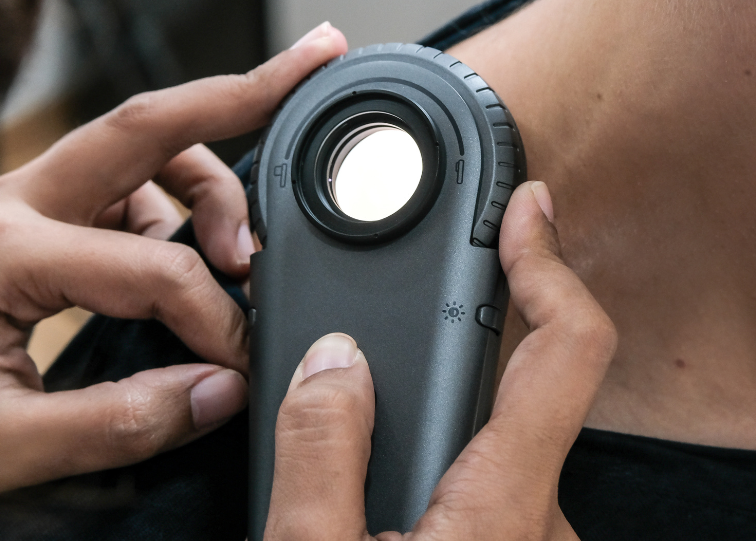Skin issues can be a cause for concern, especially when you discover an unusual growth or lesion on your skin. One condition that may raise alarm bells is keratoacanthoma. In this blog post, we will discuss what keratoacanthoma is, where it can be found on the skin, how common it is, and why it's crucial to get it checked out by a healthcare professional.
What Is Keratoacanthoma?

Keratoacanthoma (KA) is a relatively common, non-cancerous skin tumor that originates in the hair follicles. Although it may resemble skin cancer, particularly squamous cell carcinoma, it typically grows rapidly and then regresses on its own within a few months. However, it is important to note that while many KAs resolve spontaneously, some can become cancerous over time if left untreated. Therefore, any suspicious growths on your skin must be examined by a healthcare provider.
Where Can Keratoacanthoma Be Found on the Skin?
Keratoacanthomas most commonly appear on sun-exposed areas of the skin, such as the face, neck, ears, forearms, and hands. These growths usually start as small, firm, flesh-colored or pinkish bumps that may resemble a pimple or a small volcano-shaped nodule. Over time, they tend to enlarge and develop a central crater filled with keratin - a protein that helps form hair, nails and your skin's outer layer, the epidermis (Cleveland Clinic). This keratin gives the lesion a characteristic appearance, often described as a "volcano with a crust."
How Common Is Keratoacanthoma?
Keratoacanthoma is relatively common, particularly in regions with a lot of sun exposure, such as Australia and the southern United States. It tends to affect older individuals, typically over the age of 50 but can occur in people of all ages. While it is generally considered benign, it's essential to remember that not all KAs follow the same course, and some can potentially become malignant if not correctly managed.
The Importance of Getting It Checked Out
Early detection and diagnosis are crucial when it comes to keratoacanthoma. Here are some compelling reasons why you should have any suspicious skin growth examined by a healthcare professional:
- Differential Diagnosis: While keratoacanthoma may resemble a harmless pimple, it can also mimic skin cancer, particularly squamous cell carcinoma. Only a trained dermatologist can perform a proper evaluation and distinguish between benign and malignant lesions.
- Cancer Risk: Some keratoacanthomas can transform into invasive squamous cell carcinomas over time if left untreated. Early intervention can help prevent the progression of the lesion to a more aggressive form of cancer.
- Treatment Options: Depending on the size and location of the keratoacanthoma, various treatment options are available, including excision, cryotherapy, laser therapy, or topical medications. Timely diagnosis allows for more effective and less invasive treatments.
- Peace of Mind: Getting a proper diagnosis will provide peace of mind. If your lesion is indeed a keratoacanthoma, you can discuss treatment options with your healthcare provider and monitor the progress. If it's cancerous, early treatment significantly improves outcomes.
Keratoacanthoma may start as an innocent-looking bump on your skin, but it's essential not to underestimate its potential risks. Early detection, diagnosis, and appropriate medical care are vital to ensure the best outcome for your skin health. If you notice any unusual growths on your skin, especially in sun-exposed areas, do not hesitate to consult a dermatologist. Your skin's health and your overall well-being are worth the attention and care.





Leave a comment
All comments are moderated before being published.
This site is protected by hCaptcha and the hCaptcha Privacy Policy and Terms of Service apply.